TPW Magazine: Monarch Decline
Monday, March 24th, 2014This is Passport to Texas
Extreme weather and vanishing habitat, have taken a toll on monarch butterflies.
14—To use the oft-worn cliché about a “perfect storm,” that’s sort of what’s happened to the monarchs, unfortunately, and has caused their populations to plummet almost 80% since the winter of 2012.
Rob McCorkle wrote an article about the monarch decline for the March issue of Texas Parks and Wildlife Magazine. Monarchs migrate to Mexico from Canada and the US.
18—The first hit [to the monarchs] was in 2002 when they had a severe freeze in the mountains of Mexico where the population overwinters. Monarchs can take cold weather, but if it rains, or snows and they get wet – they can’t survive. They died off by the millions that year.
Weather is only part of the equation. Habitat loss is the other.
33—That is being propelled by the elimination of grasslands in the Midwest to plant GMO soybean and corn crops, and to plant crops for biofuels. What that’s done, obviously, is to limit the places where the monarchs go to fuel up for their migration. Also, the overwintering forests in the mountains of Central Mexico have been logged heavily and are being impacted by [tourism] people going to see the monarchs that overwinter there in the fir trees.
More on why monarchs are in decline and how to help — that’s tomorrow. For Texas Parks and Wildlife, I’m Cecilia Nasti.
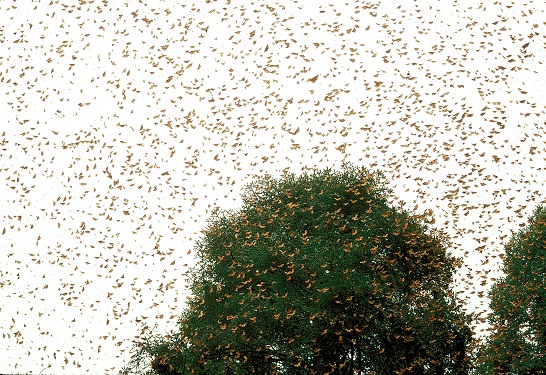

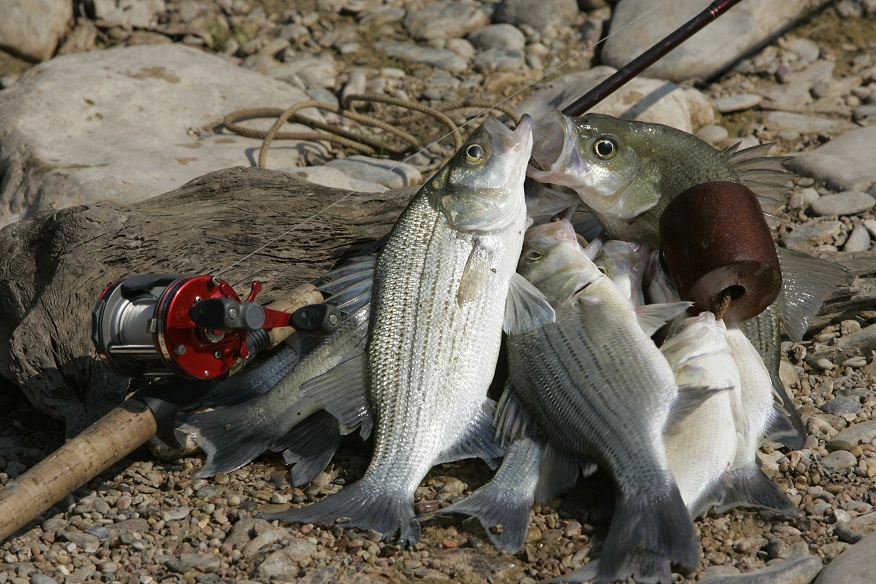
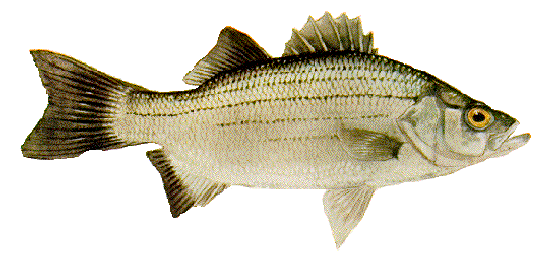
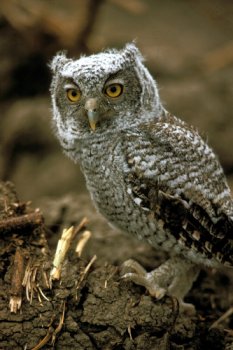
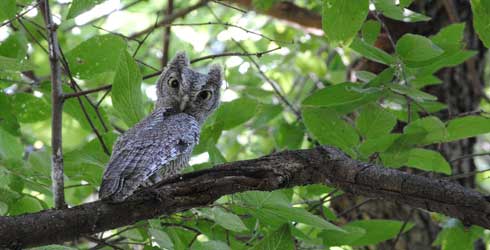

 Passport to Texas is a
Passport to Texas is a  Passport to Texas is made available by:
Passport to Texas is made available by: